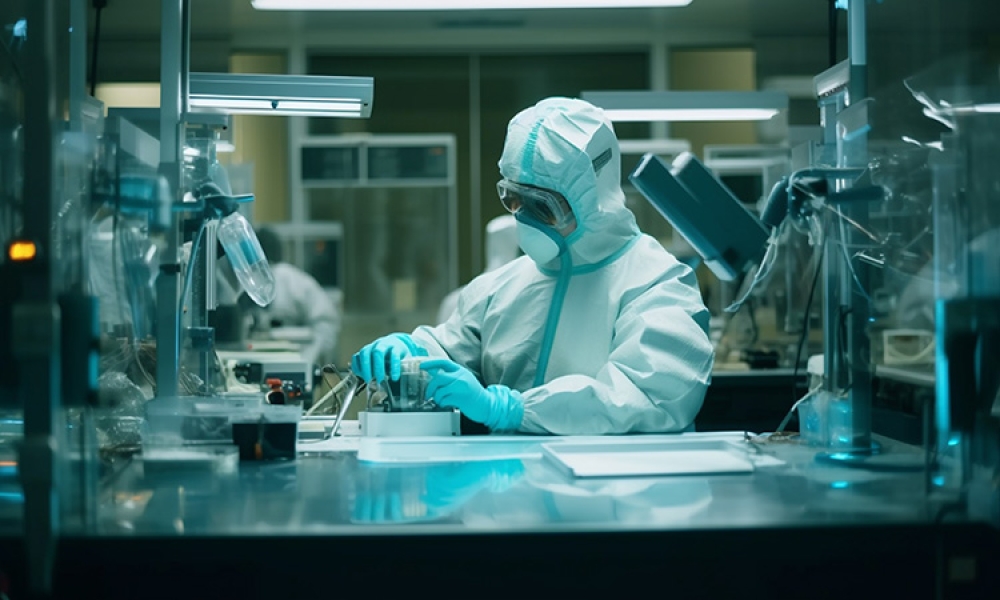The Master Plan as a Solution


In our previous blog we talked about the key components of a master plan. In this chapter we want to discuss how a master plan can help alleviate the issues associated with legacy facilities such as compromised flows, dangers of cross contamination, aging critical utilities, and implementation of new product lines, among others. What are the Goals of a Master Plan? Some drivers will be site specific, however the following are generally key goals of a Master Plan:
- Modernization of equipment and facility infrastructure;
- Enhance staff efficiency and effectiveness, with a focus on saving time performing tasks and functions;
- Improve the efficiency of product and materials flows throughout the entire process from handling of raw materials to finished goods;
- The possible reduction of square footage of facility devoted to manufacturing; and,
- Create capacity for higher production and lower cost of goods.
How does a Master Plan help? The recommendations of a master plan will serve as the guide for eliminating bottlenecks and crossed flows, reducing isolated production and handling areas that foster mix-ups of materials and products, and for planning for sequential replacement of critical infrastructure utilities. The resultant reorganized legacy facility will benefit from easing of maintenance and operational activities, better materials and personnel flows, clear gowning protocols, simplification of infrastructure distribution systems, and more effective SOPs (standard operating procedures). For a legacy facility to continue to grow and evolve sustainably into the future, the master plan for the facility must look forward in 10 to 20 year renewal cycles that correspond roughly with cycles for upgrading and replacing building systems and equipment, and with changes in production technology. Master plans are not meant to be static documents: assumptions and conclusions must be reevaluated in light of changing priorities and updated at regular intervals as part of a strategy to extend the life of the facility, to create an environment for flexible growth through renewal, and to sustain and enhance profitability. Recommendations identified in the master plan can be implemented as opportunities arise and should go beyond the simple expedient solution.
Conclusions
The world outside the legacy pharmaceutical manufacturing facility continues to change every day. The investment in time and effort necessary to take a comprehensive overview and assessment of the entire facility is essential to a rational and practical approach to developing a sustainable strategy for facility renewal. Through the discipline of preparing a master plan, corporate and site management will have a forum by which to identify problem areas, evaluate and assess options to remediate problems, and reach consensus and agreement on committing resources to implement a program for phased alterations and improvements. This collaboration can also foster a framework for focusing on “big picture” issues affecting a legacy pharmaceutical manufacturing facility to maintain effective and efficient operations. By following a disciplined course of phased and sequential renewal set in a master plan, the legacy pharmaceutical manufacturing facility can be brought incrementally up to current standards and manufacturing efficiency to ensure that long-term profitability can be maintained within a framework of sustainable facility operations.



